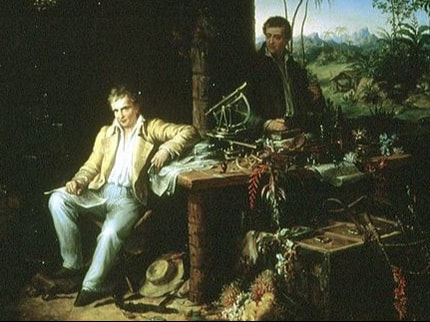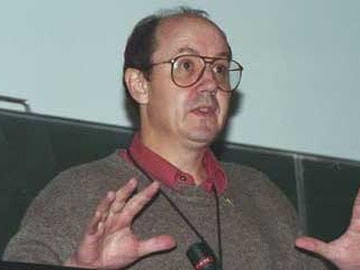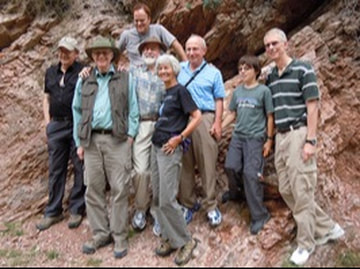A Short History of Big History in the Netherlands
|
The use of all-embracing scientific perspectives for looking at history is not entirely new. In fact, achieving large-scale syntheses of the past was a major aim of eighteenth and nineteenth century naturalists, some of whom can be regarded as the first big historians, perhaps most notably the Prussian naturalist Alexander von Humboldt. In the twentieth century, however, their grand views were replaced by more specialized ways of looking at the past. It was not until the 1970s that big history was reintroduced into academia, most notably by the US astrophysicist Eric Chaisson with his ground-breaking Cosmic Evolution course at Harvard University.
The first cross-disciplinary taught big history course was organized in 1989 by the historian David Christian at Macquarie University, Sydney, Australia. Christian’s approach to big history — he coined the term ‘Big History’ — spread rapidly to the United States, Europe and Russia. In the Netherlands, big history courses have been taught by Fred Spier since 1994 at the University of Amsterdam, between 2003 and 2016 at the Eindhoven University of Technology, and also at other institutions of higher learning. In 2005, an online article about the history of these courses was published. In 2010 the first edition of Fred Spier's book Big History and the Future of Humanity was published. This book summarizes big history while providing a simple theoretical model underlying all of history. The first chapter, which can be downloaded for free as a PDF, provides a history of big history. After 2005, more big historians joined Fred Spier in the Netherlands, most notably Esther Quaedackers, and additional courses have been taught at Amsterdam University College, Erasmus University College and the HOVO departments at the Free University in Amsterdam and Utrecht University. Over the past decade big history has rapidly been expanding. On August 20, 2010, seven big historians took the initiative to found the International Big History Association (IBHA). Fred Spier was elected as its first Vice President. On April 8, 2011, IBHA was formally incorporated as a nonprofit corporation in the State of Michigan, USA. Between 2014 and 2016, Fred Spier served as IBHA president succeeding David Christian. Big history is far from finished. In fact, we are only at the beginning of recognizing large patterns in all of history that remain obscured while examining smaller portions of it. So why not join us in this new adventure to achieve a better understanding of where we are in space and time, and how we got there? |



